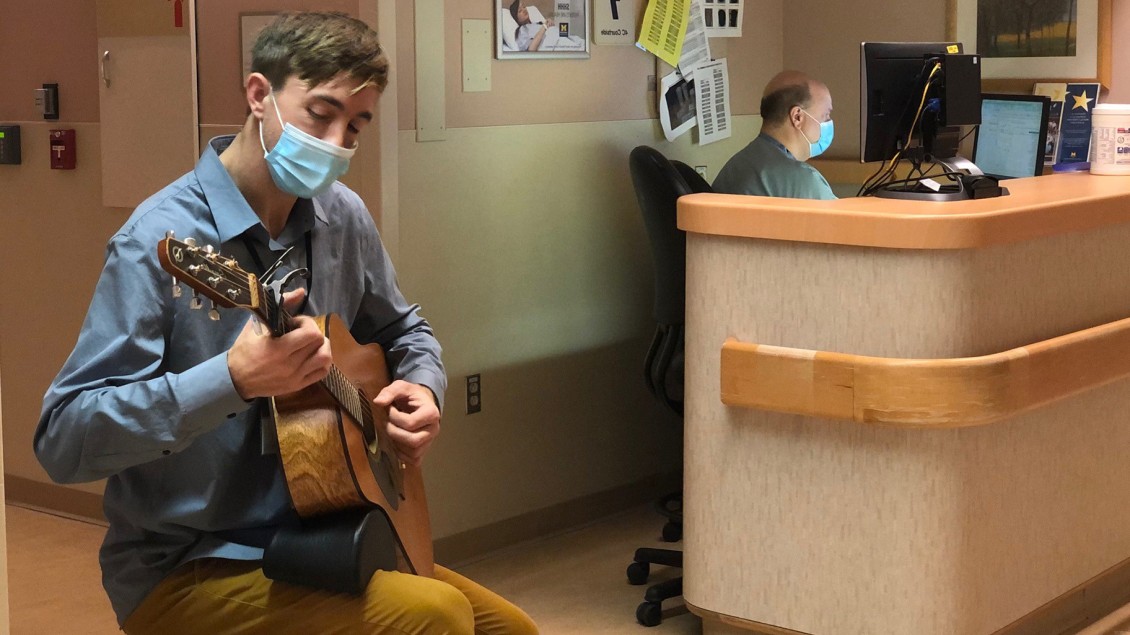
Enhancing Well-Being
Through a variety of creative and relaxing activities, Arts in Health works to create a hospital experience that honors patient individuality and enhances a sense of well-being.
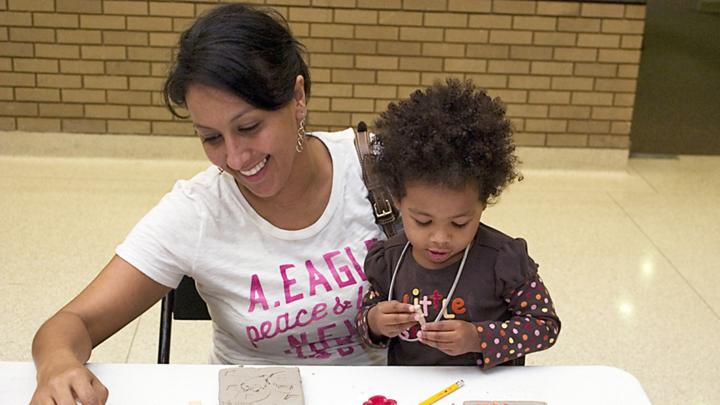
Arts in Health professionals bring visual arts, music, and storytelling into the hospitals to enhance and support health and well-being for the entire community.
They may engage patients, family members, and guests in arts experiences as well as offer art opportunities to faculty, staff and learners.
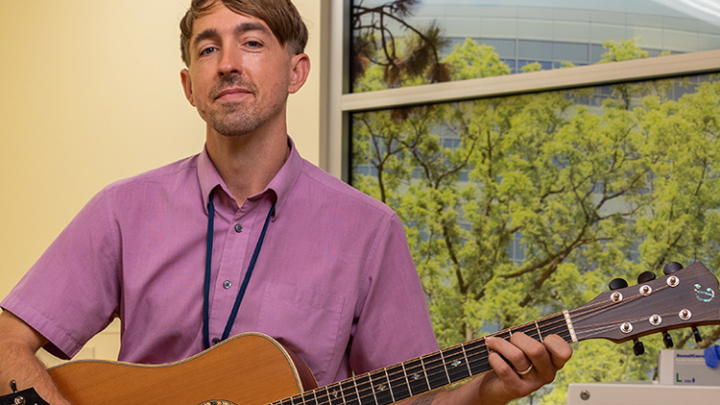
Certified Music Practitioners®, Artists-in-Residence, and Writers-in-Residence are some of the different types of Arts in Health professionals at Michigan Medicine.
They support clinical care by offering the relaxation and creativity of music and art to our health system community.
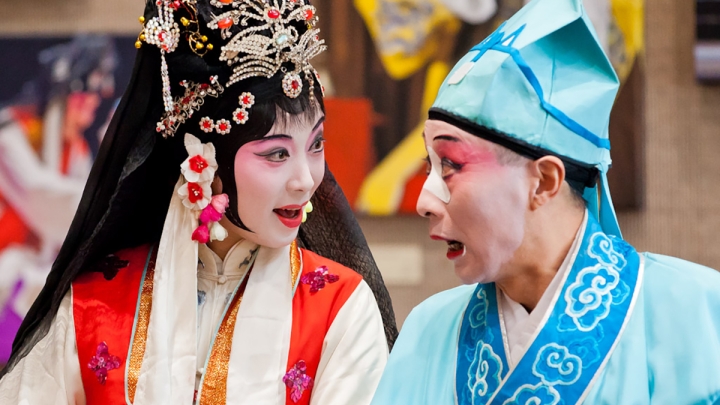
Visual and performing arts in the hospitals help the community to remember who we are as whole people.
They also give us a chance to feel pleasure and share joy.
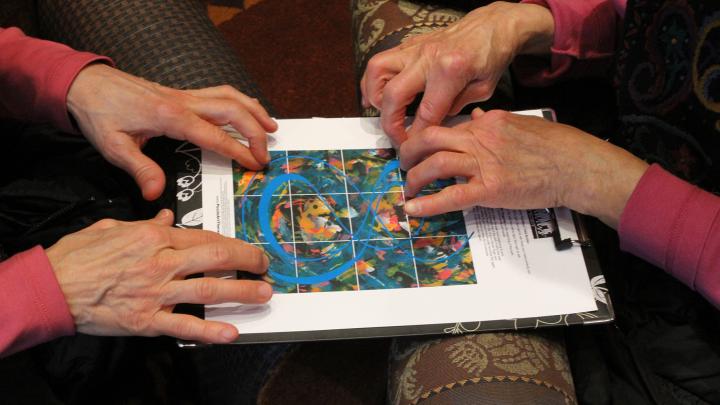
Research demonstrates that Arts in Health has contributed to the following:
- Reduced lengths of hospital stays
- Decreased need for multiple medical visits
- Reduced reports of pain and anxiety related to illness and invasive treatment
- Increased self-esteem and stress reduction
- Reduced healthcare-related infections
- Decreased need for use of sedatives during medical procedures
- Reduced levels of depression and improvements in quality of life
- Decreased use of medical interventions covered by Medicare among the aging*
*Taken from the AFTA 2013 Legislative Issue Brief: Arts in Health – Strengthening our Nation's Health Through the Arts.
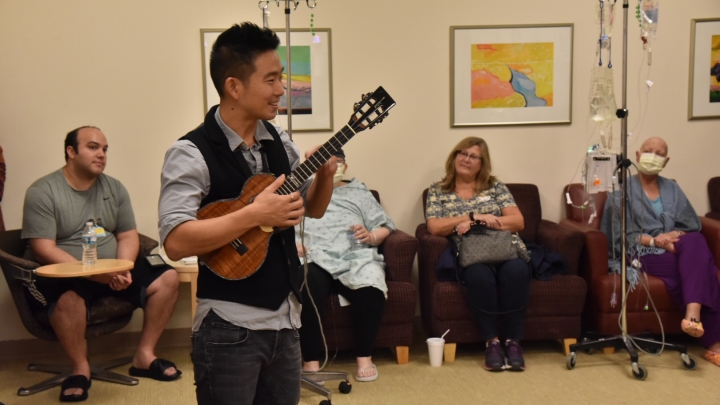
Experience in the field has shown that Bedside Music can:
- Improve mood
- Reduce the use of pain medication
- Decrease the negative recall of hospital procedures
- Lower the experience of pain
- Increase feelings of calmness
- Induce sleep
- Decrease pulse rate and blood pressure
- Slow breathing and heart rate
- Improve coping skills
- Block out background noise
- Reduce psychological distress
- Provide a way to express emotions
- Stimulate memories
Dadswell, A., Wilson, C., Bungay, H., & Munn-Giddings, C. (2017). The role of participatory arts in addressing the loneliness and social isolation of older people: A conceptual review of the literature. Journal of Arts & Communities, 9(2), 109-128. AND Sonke, J., Pesata, V., Nakazibwe, V., Ssenyonjo, J., Lloyd, R., Espino, D., ... & Kerrigan, M. (2018). The arts and health communication in Uganda: A light under the table. Health communication, 33(4), 401-408. AND Dadswell, A., Wilson, C., Bungay, H., & Munn-Giddings, C. (2017). The role of participatory arts in addressing the loneliness and social isolation of older people: A conceptual review of the literature. Journal of Arts & Communities, 9(2), 109-128.
Fancourt D, Finn S. What is the evidence on the role of the arts in improving health and well-being? A scoping review. Copenhagen: WHO Regional Office for Europe; 2019 (Health Evidence Network (HEN) synthesis report 67).
Fletcher, S., Cox, R. S., Scannell, L., Heykoop, C., Tobin-Gurley, J., & Peek, L. (2016). Youth creating disaster recovery and resilience: A multi-site arts-based youth engagement research project. Children, Youth and Environments, 26(1), 148-163. AND Stone, R. M. (2017). “Ebola in Town”: Creating Musical Connections in Liberian Communities during the 2014 Crisis in West Africa. Africa Today, 63(3), 79-97.